Check out before these deals are gone!


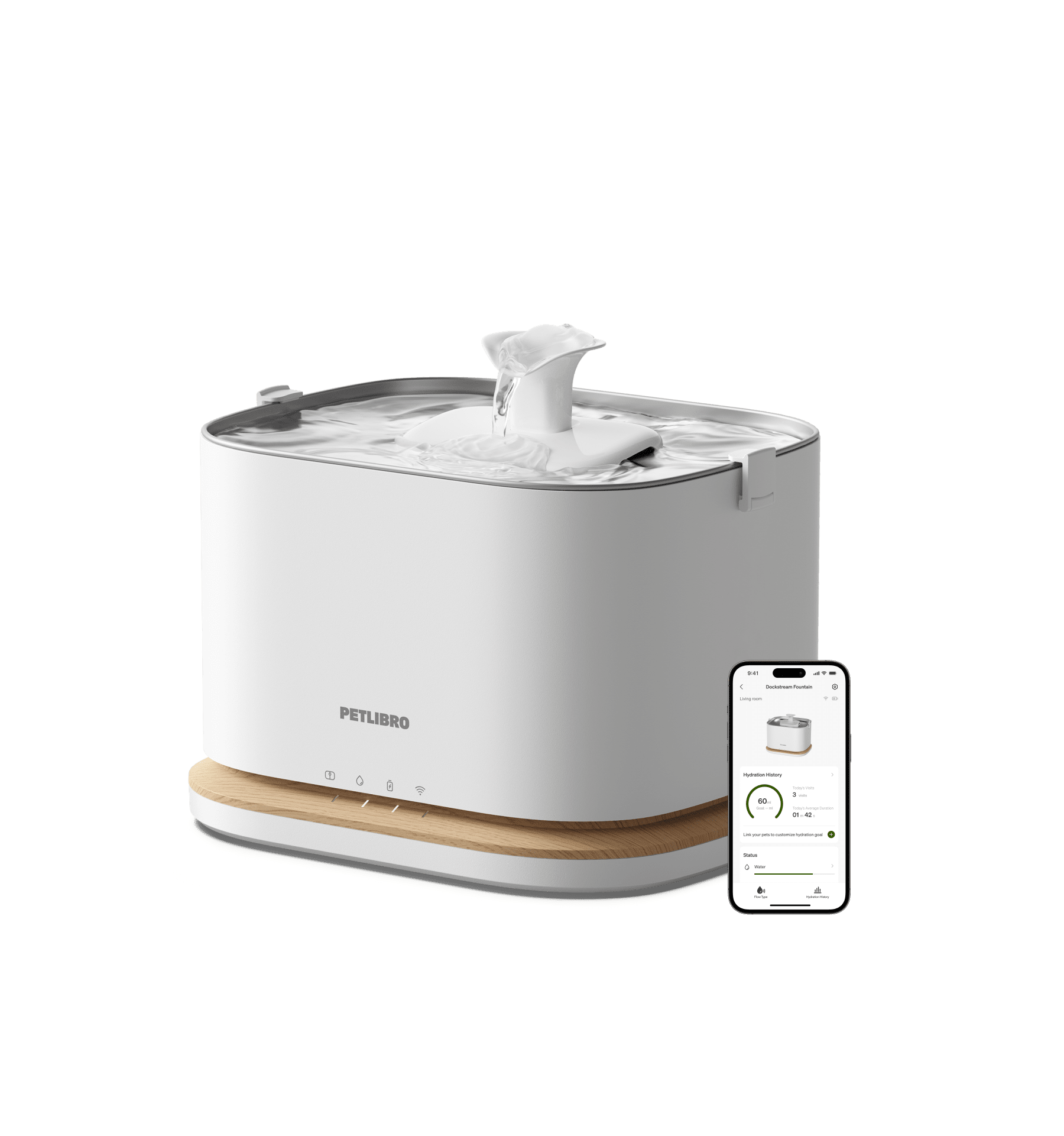
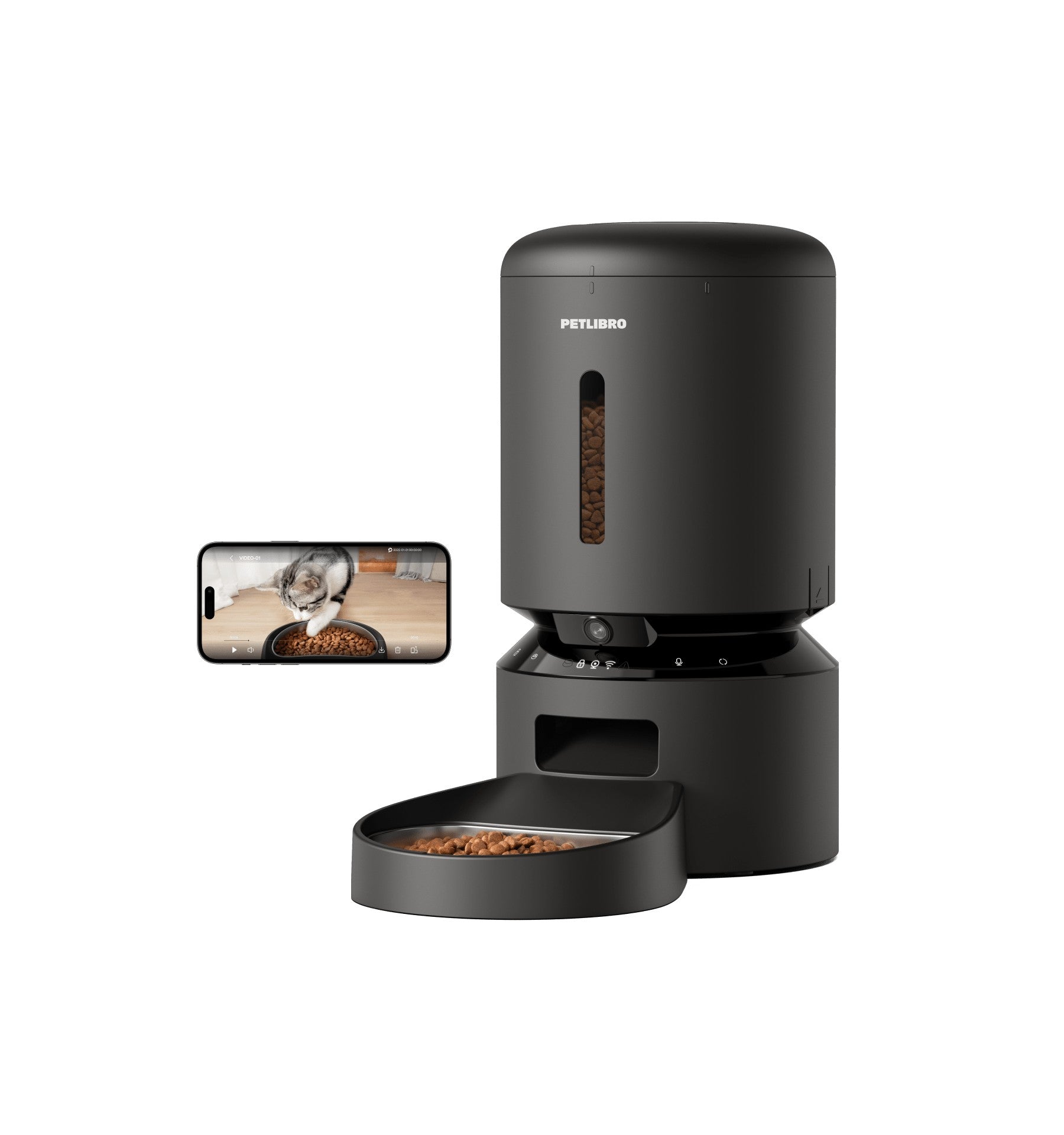
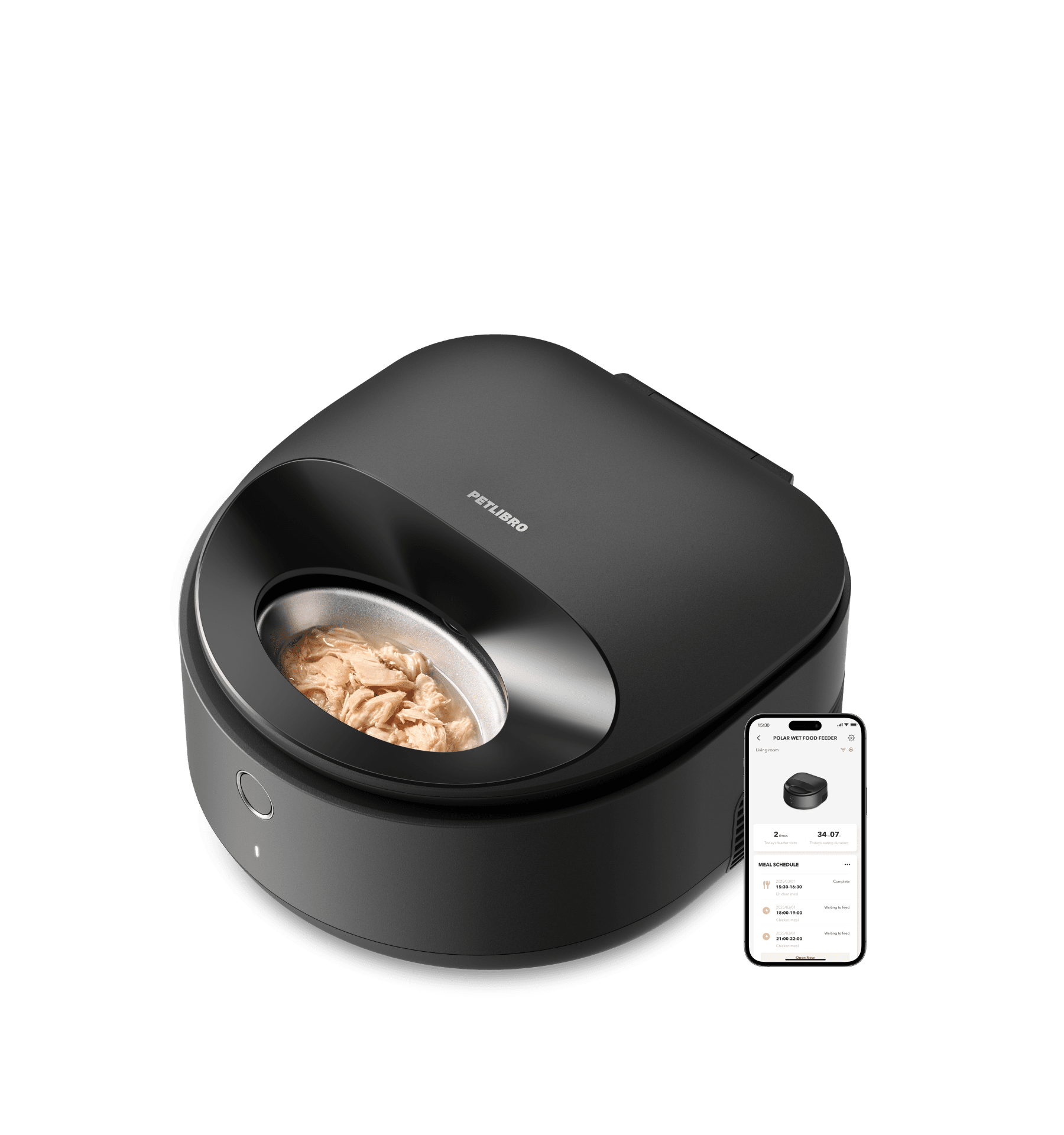
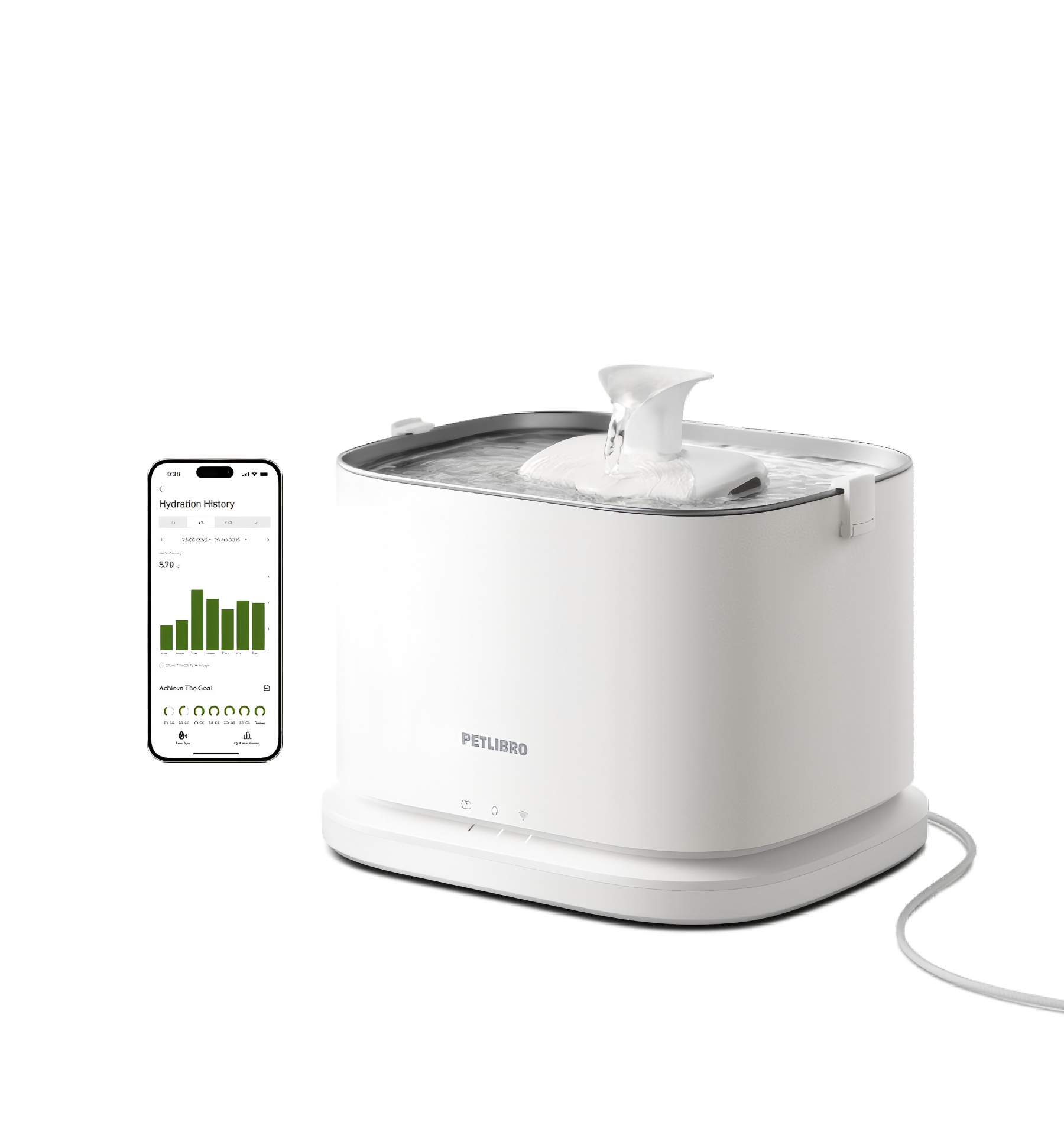
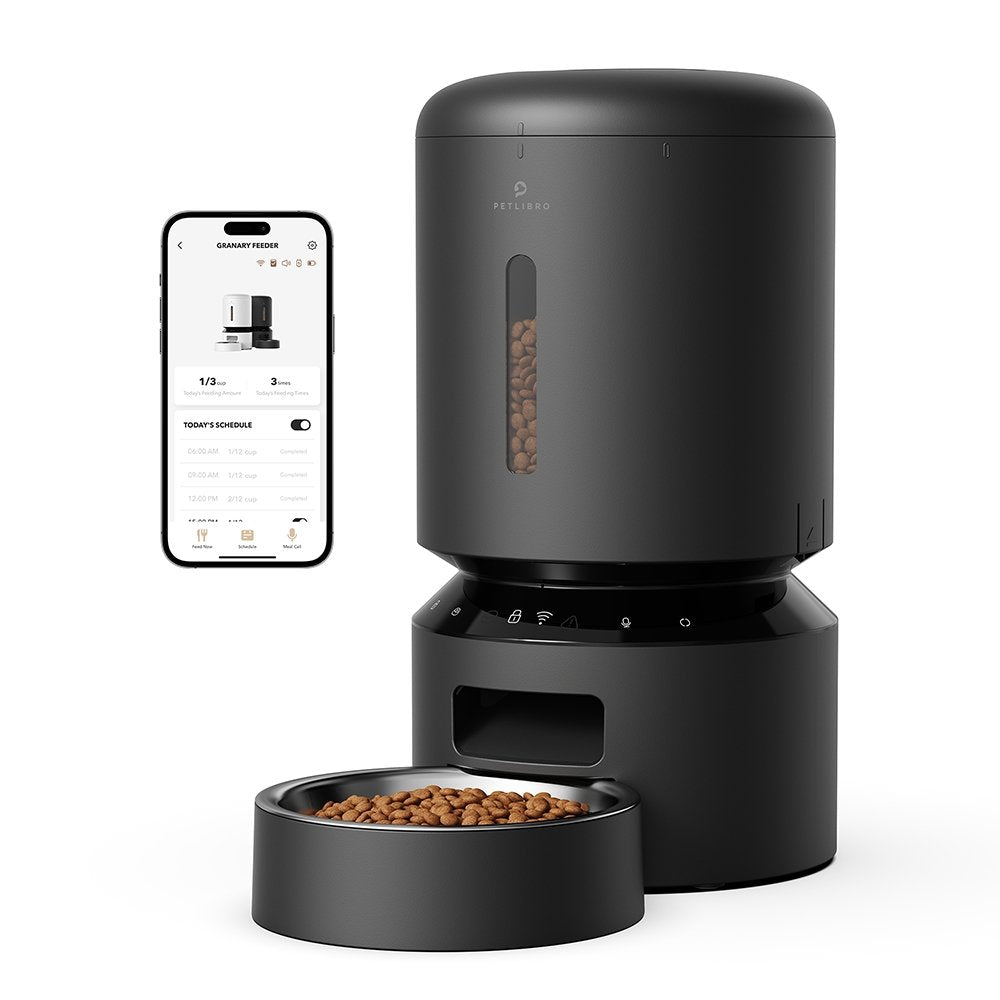
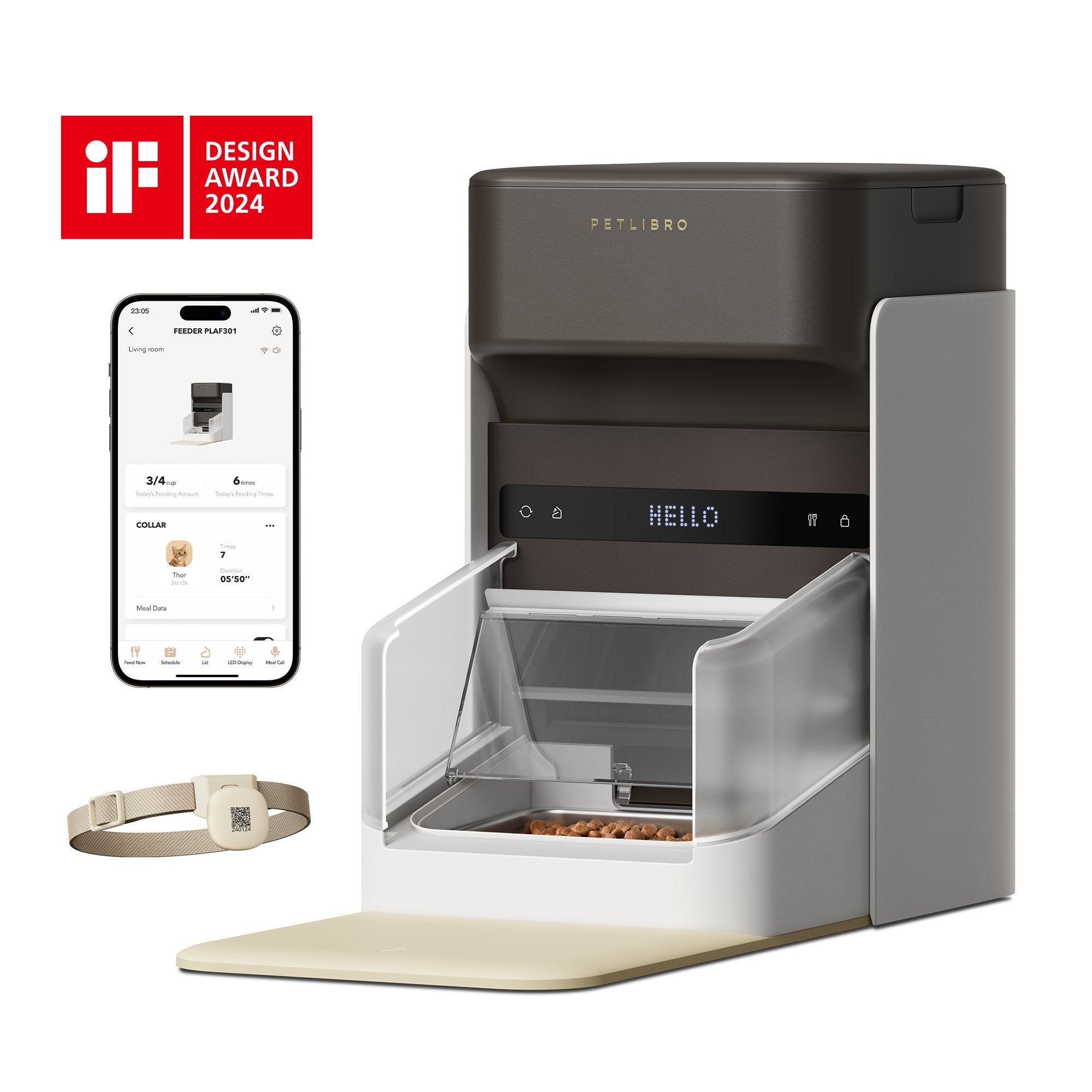
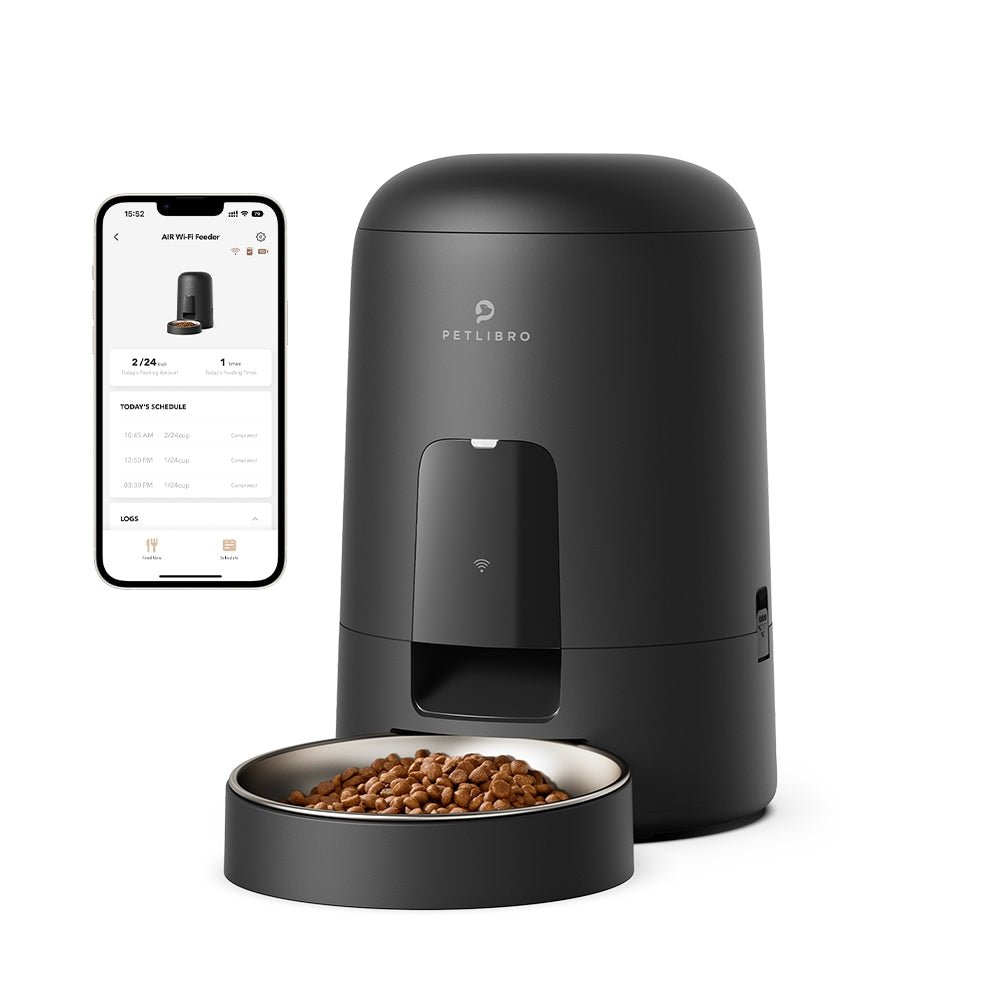






















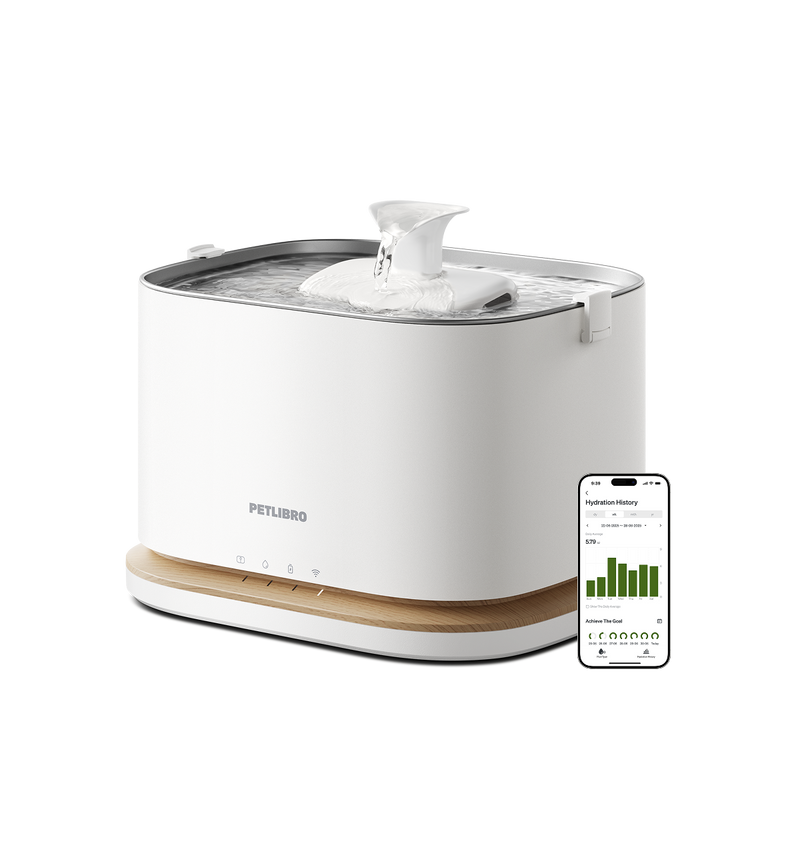
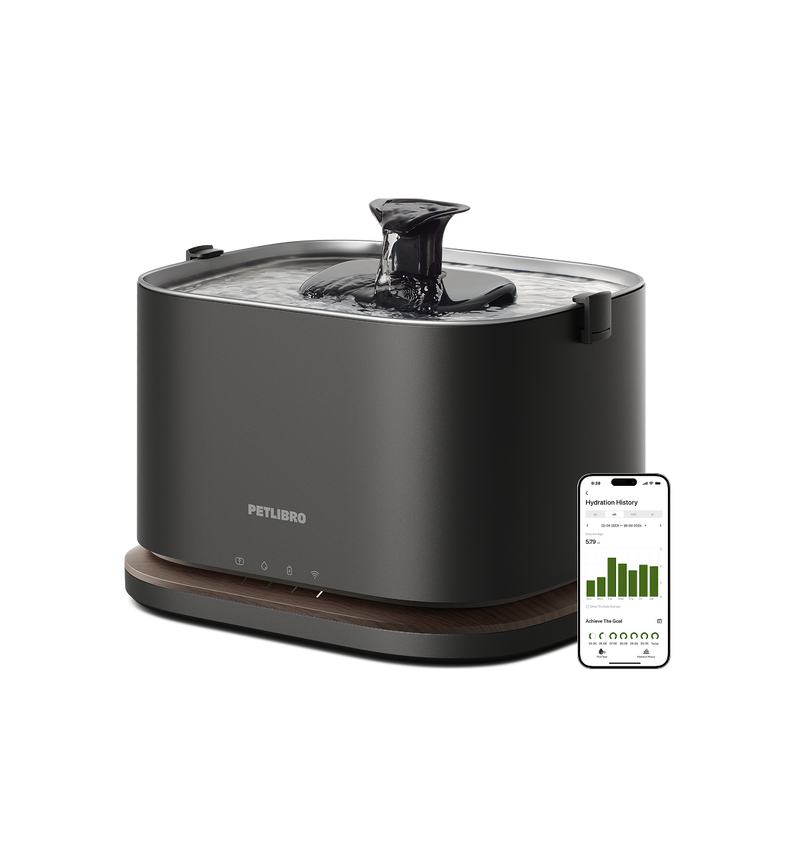
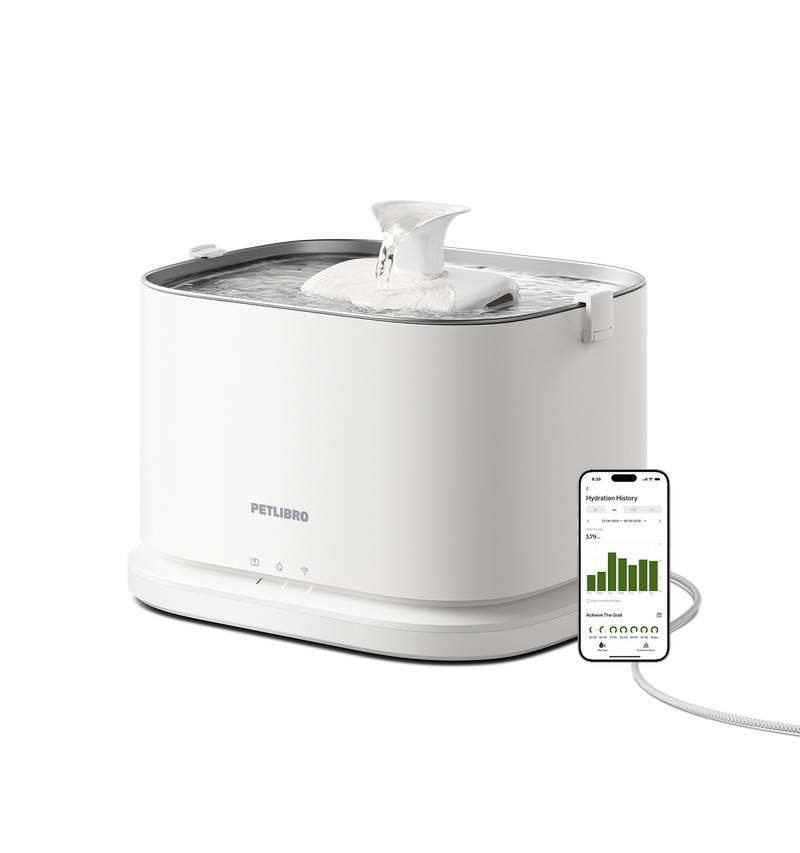
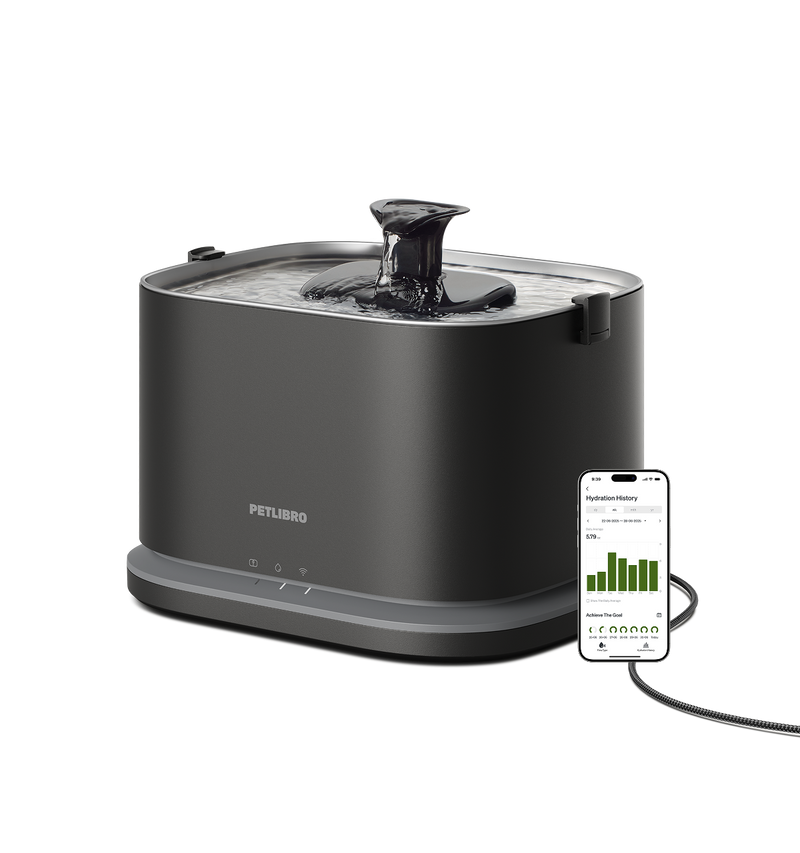










By subscribing, you agree to receive email marketing from Petlibro. Privacy Policy | Terms of Service


Code is valid for 48 hours for one order only. Code cannot be combined with other codes. Accessories are excluded.
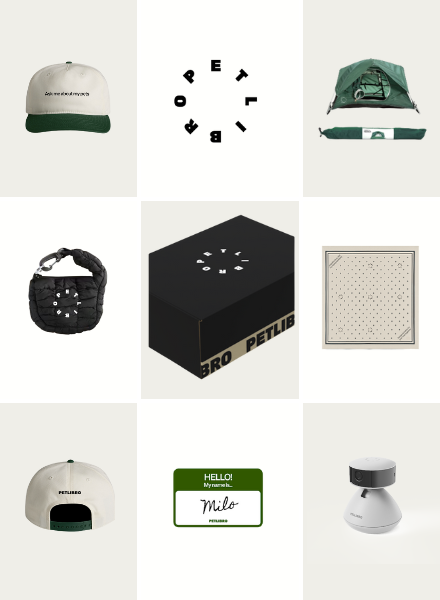
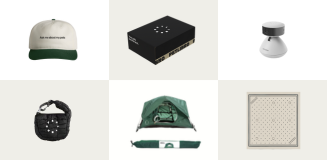
Open to legal U.S. residents, 18 years or older. Void where prohibited. Giveaway begins on 08/26/2025 and ends on 09/15/2025 at midnight PST. Three winners will each receive a limited-edition Petlibro PR Kit, which includes the Scout Smart Camera and select branded merch. Winners will be chosen at random and notified via Instagram or email (depending on entry format) by 09/30/2025. If a winner does not respond within 48 hours, another may be selected. Odds of winning depend on the total number of eligible entries received. Only one email entry per person will be counted, though additional entries may be submitted through the bonus methods described above. Petlibro is not liable for any issues that arise from participation or use of the prize. Personal information will be collected and handled in accordance with our Privacy Policy.


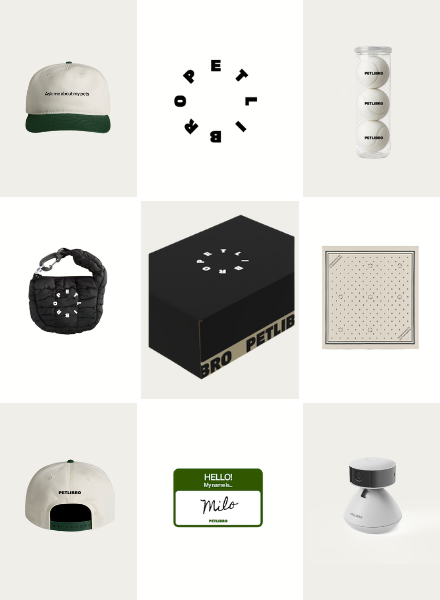
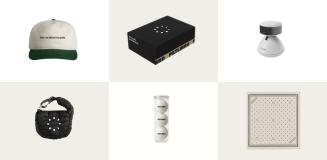
Open to legal U.S. residents, 18 years or older. Void where prohibited. Giveaway begins on 08/26/2025 and ends on 09/15/2025 at midnight PST. Three winners will each receive a limited-edition Petlibro PR Kit, which includes the Scout Smart Camera and select branded merch. Winners will be chosen at random and notified via Instagram or email (depending on entry format) by 09/30/2025. If a winner does not respond within 48 hours, another may be selected. Odds of winning depend on the total number of eligible entries received. Only one email entry per person will be counted, though additional entries may be submitted through the bonus methods described above. Petlibro is not liable for any issues that arise from participation or use of the prize. Personal information will be collected and handled in accordance with our Privacy Policy.


Hydration is a cornerstone of good health for every creature, and our feline friends are no exception. Despite their desert-origin lineage, cats require plenty of water to remain in prime health, making it crucial for pet owners to understand their cat's hydration needs. Among the many factors that influence a cat's water intake, the quality of its water is paramount.
This comprehensive guide explores the importance of hydration in cats, delves into understanding the optimum amount of water intake for cats, and discusses the significance of maintaining a clean water bowl. We will also look into the risks of neglecting to change the water bowl, provide recommendations on the frequency of cleaning your cat's bowl and the benefits of water fountains and filters, and conclude with key takeaway points for maintaining your cat's hydration needs.
By taking the time to understand your cat's hydration needs and how to best meet them, you are not only contributing to their physical well-being but also ensuring their happiness, activity levels, and overall quality of life. Stay tuned as we journey through the world of feline hydration.
Cats need to drink water for both health and sickness. Promoting water intake is especially important for cats who have decreased water intake, increased water losses, or conditions like feline lower urinary tract disease. However, because cats are frequently seen as "poor drinkers," it can be difficult to increase their water intake when necessary. That's where water fountains come in.
Normally, cats need to drink roughly 4 ounces of water for every 5 pounds of normal body weight each day. However, if your cat eats wet food, they may get a significant portion of their daily water intake from their food. Wet cat food is typically about 70-80% water. So, cats on a wet food diet may drink less than this amount, while cats on a dry food diet will need more.
Water is more than just a necessity for survival; it forms a vital part of a cat's daily routine and impacts its overall health. A significant concern for cat owners is understanding that the freshness of water critically affects a cat's water consumption.
This can be attributed to cats' unique and discerning characteristics:
Given these points, it becomes evident that maintaining the cleanliness and freshness of your cat's water is not just a recommendation but a necessity. By taking these considerations into account and acting upon them, you can contribute to healthier hydration habits in your cat, and in turn, to a healthier and happier pet.

Neglecting to change your cat's water bowl can lead to a myriad of issues, including:
To prevent these potential issues, it's important to regularly change the water in your cat's bowl, ensuring it's fresh and appealing to drink.
The frequency of washing your cat's bowl largely depends on the material of the bowl and your cat's eating habits. However, as a general rule, it is advisable to wash your cat's water bowl daily.
It's also worth noting that some cats don't like the taste of certain types of soap. If you notice your cat is drinking less after you've washed their bowl, you may want to try using a different type of dish soap.
Water fountains and filters can be beneficial additions to your cat's hydration system. They provide a continuous flow of water, which not only encourages cats to drink more but also ensures the water stays fresh longer. Despite these advantages, water fountains and filters also require proper maintenance:

Ensuring that your cat has access to fresh, clean water is an essential aspect of responsible pet ownership. The frequency of water changes, the cleanliness of their water source, and even the specific type of water bowl or fountain can significantly influence a cat's water consumption.
Remember, a well-hydrated cat is typically a healthy cat. Cats can be prone to kidney and urinary tract issues, so adequate water intake is crucial for their overall health and longevity. Regularly changing and cleaning their water bowl or fountain can prevent bacterial growth, promote increased water intake, and contribute to your cat's overall well-being.
Consider the environment, your cat's specific preferences, and any advice from your veterinarian when deciding how often to change your cat's water and clean their bowl or fountain. Always stay attuned to any changes in your cat's drinking habits, as this could be a sign of potential health issues.Ultimately, providing a clean, fresh water source contributes significantly to your cat's health, happiness, and quality of life.